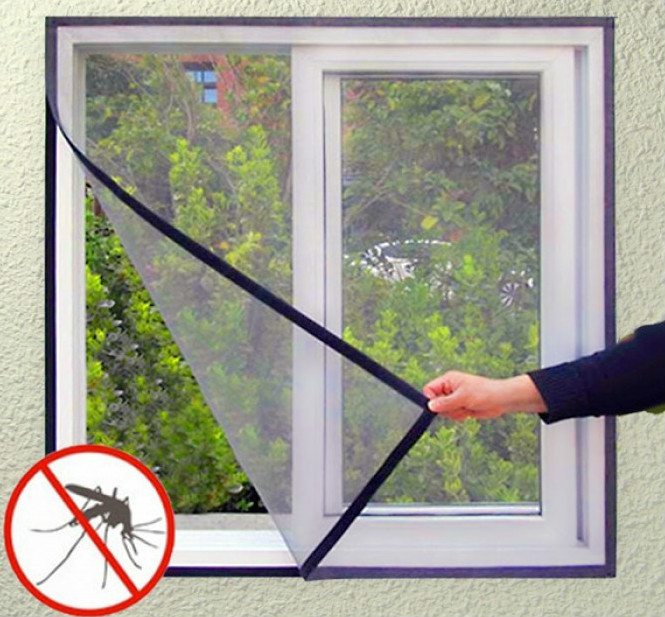
#Windows screenie windows#
Operating systemĪ Windows Media Screen encoder always behaves as a DMO.īy default, a Windows Media Screen encoder behaves as a DMO. The following table shows the conditions under which a screen encoder behaves as a DMO or an MFT. Windows XP and later.Ī screen encoder object exposes the IMediaObject interface so that the object can be used as a DirectX Media Object (DMO), and it exposes the IMFTransform interface so that the object can be used as a Media Foundation Transform (MFT).Ī screen encoder behaves as a DMO or an MFT depending on which interfaces you obtain and which version of Windows is running. Specifies the number of video frames that were skipped because they were duplicates of previous frames. The amount of content, in milliseconds, that can fit into the model buffer. Specifies the actual quality level for quality based (1-pass) variable-bit-rate (VBR) encoding. Specifies whether the codec will use variable-bit-rate (VBR) encoding. Specifies the number of video frames passed to the encoder during the encoding process. Specifies the peak bit rate, in bits per second, used for constrained 2-pass variable-bit-rate (VBR) encoding. Specifies the average bit rate, in bits per second, used for 2-pass variable-bit-rate (VBR) encoding. Specifies the number of passes that the codec will use to encode the content. Specifies the maximum number of passes supported by the codec. Specifies the maximum time, in milliseconds, between key frames in the codec output. Specifies the FOURCC that identifies the encoder you want to use. Specifies the number of video frames dropped during encoding. Specifies a numeric representation of the tradeoff between motion smoothness and image quality in codec output. Specifies the complexity of the encoder algorithm. This property is superseded by MFPKEY_COMPLEXITYEX. Specifies the number of video frames encoded by the codec that actually contain data.

Specifies the number of video frames encoded by the codec. Specifies whether the encoded video bit stream contains a buffer fullness value with every key frame. Specifies the buffer window, in milliseconds, of a constrained variable-bit-rate (VBR) stream at its peak bit rate (specified by MFPKEY_RMAX). Specifies the buffer window, in milliseconds, of a constrained variable-bit-rate (VBR) stream at its average bit rate (specified by MFPKEY_RAVG). Specifies the overhead, in bytes per packet, required for the container that is used to store the compressed content.

The Windows Media Video 9 Screen encoder supports the following properties. The following output types are supported by the Version 9 Screen encoder.
#Windows screenie code#
The four-character code (FOURCC) for Windows Media Video Screen Version 9 encoded content is "MSS2". The following input types are supported by the Version 9 Screen encoder when it is being used as a Media Foundation Transform (MFT). The following input types are supported by the Version 9 Screen encoder when it is being used as a DirectX Media Object (DMO). You can create an instance of the encoder by calling CoCreateInstance. The class identifier (CLSID) for the Windows Media Video 9 Screen encoder is represented by the constant CLSID_CMSSCEncMediaObject2. The Windows Media Video 9 Screen encoder is optimized for encoding sequential screen shots from computer monitors.



 0 kommentar(er)
0 kommentar(er)
